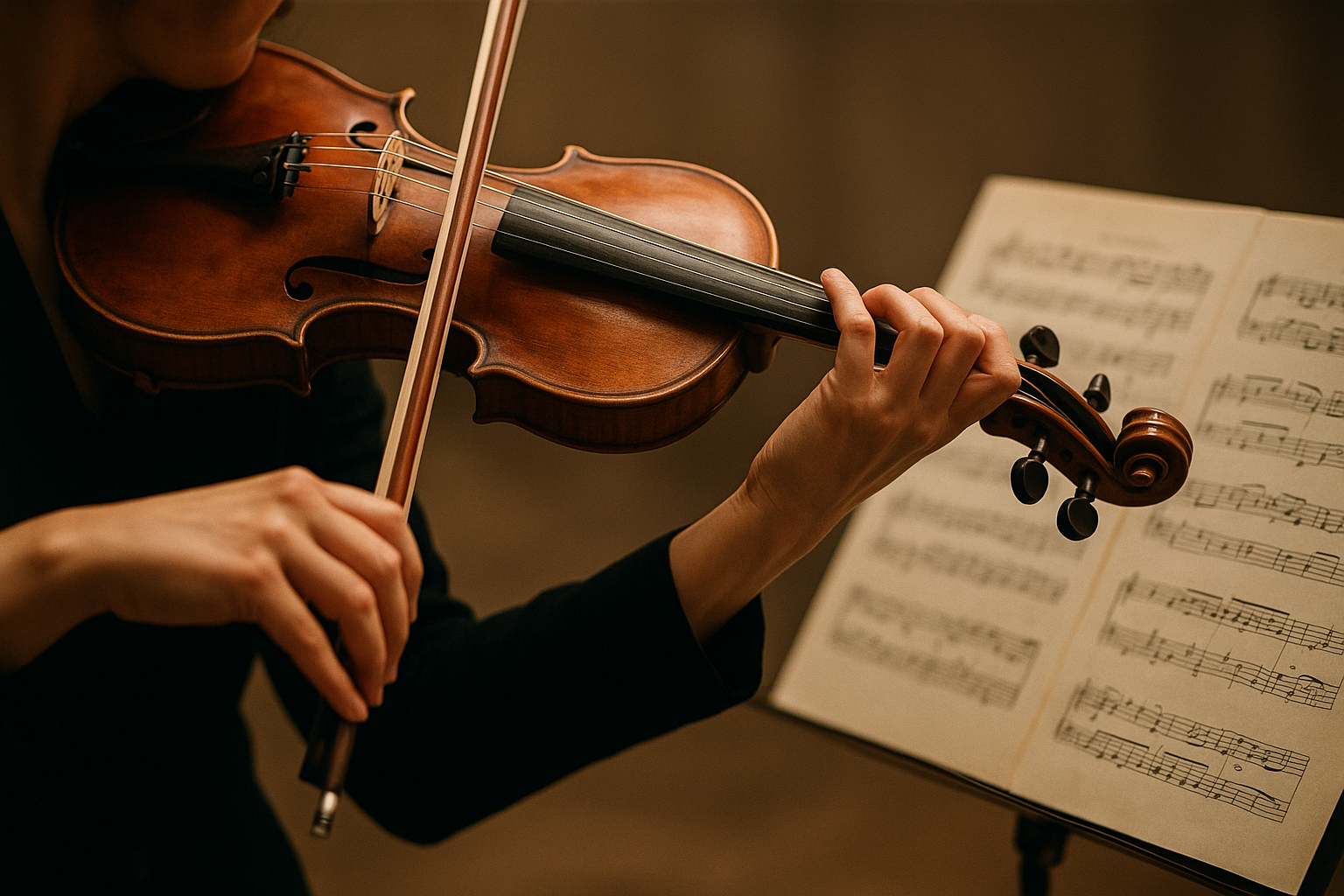Music is often described as a universal language, transcending geographical and cultural boundaries. At the heart of this language are its core components: melody and motif. These musical elements play a crucial role in how emotion is conveyed and experienced. In this article, we will explore how melody and motif are ingeniously used in some of the most famous musical works to evoke powerful emotions.
Understanding Melody and Motif
A melody is a sequence of notes that are perceived as a single entity, often characterized by its ability to be memorable and evocative. It is the tune of the song that gets stuck in your head, the lyrical flow that tells a story through sound.
A motif, on the other hand, is a short, recurring musical idea. It can be a sequence of notes, a rhythm, or a combination of both. While motifs are often brief, they play a significant role in the development of a musical piece, contributing to its unity and coherence.
The Emotional Power of Melody
Melodies have the power to evoke emotions by manipulating various musical elements such as pitch, rhythm, and tempo. For instance, a slow, ascending melody might evoke feelings of yearning or hope, while a fast, descending melody might convey excitement or urgency.
Beethoven’s “Symphony No. 9”
One of the most celebrated examples of melody in classical music is Ludwig van Beethoven’s “Symphony No. 9 in D minor, Op. 125,” particularly the final movement’s “Ode to Joy.” The melody is simple yet profound, using a combination of ascending and descending phrases that invoke a sense of triumph and ecstasy. As Charles Rosen, a noted musicologist, once said,
“The art of Beethoven is the art of transition.” [Source: The Classical Style: Haydn, Mozart, Beethoven by Charles Rosen]
In this symphony, Beethoven masterfully transitions between emotions, using melody as his primary tool.
John Williams’ “Theme from Schindler’s List”
Another evocative melody can be found in John Williams’ “Theme from Schindler’s List.” The hauntingly beautiful violin solo encapsulates the profound sorrow and hope within the story of the Holocaust. The melody’s somber, flowing nature creates an atmosphere of reflection and remembrance, echoing the film’s poignant narrative.
The Role of Motif in Musical Storytelling
Motifs serve as the building blocks of musical storytelling, providing thematic content that composers manipulate to convey different emotions and narratives. They create a sense of familiarity and continuity, often representing characters, places, or ideas within a piece.
Richard Wagner’s “Leitmotif”
The concept of the leitmotif is widely attributed to Richard Wagner, who used it extensively in his operas to represent characters or themes. In “The Ring Cycle,” for example, each character and concept is associated with a specific motif that evolves throughout the series. Wagner’s use of the leitmotif allows for intricate storytelling and deep emotional engagement.
Igor Stravinsky’s “The Firebird”
In Igor Stravinsky’s ballet “The Firebird,” motifs play a critical role in developing the narrative. The work features several motifs corresponding to different characters and magical elements, weaving together to form a rich tapestry of sound. Stravinsky’s innovative use of rhythm and harmony in motifs contributes to the work’s dramatic and exciting nature.
The Interplay of Melody and Motif
In many cases, melody and motif work in tandem to evoke complex emotional responses. Composers often intertwine these elements, allowing for greater expressive power and emotional depth.
Gustav Mahler’s “Symphony No. 5”
Gustav Mahler’s “Symphony No. 5” is a masterful example of the interplay between melody and motif. The famous Adagietto movement interlaces a tender, lyrical melody with underlying motifs that hint at longing and introspection. In this symphony, Mahler’s seamless integration of melody and motif creates a profound emotional journey, leading listeners through shades of passion and reflection.
Leonard Bernstein’s “West Side Story”
Leonard Bernstein’s “West Side Story” showcases the dynamic use of melody and motif within musical theater. The show’s music is replete with motifs that capture the tension and romance of the narrative. For example, the motif associated with the Jets, a quick, aggressive rhythm, contrasts with the lush, sweeping melodies of “Tonight,” capturing the juxtaposition between conflict and love in the story’s urban setting.
Conclusion
Melody and motif are the essence of musical expression, each playing a pivotal role in shaping a work’s emotional landscape. Through historical and modern examples, it is evident that composers have harnessed these elements to convey profound emotions and narratives. As emphasized by Leonard Bernstein,
“Music can name the unnameable and communicate the unknowable.” [Source: Leonard Bernstein: The Infinite Variety of Music]
Whether through Beethoven’s jubilant symphonies or Williams’ evocative film scores, melody and motif remain central to the anatomy of emotion in music.
The power of these musical tools is not merely in their composition, but in their ability to resonate within the human soul. They are the notes and phrases that linger in memory and stimulate our hearts, reminding us that music is indeed a universal language.
